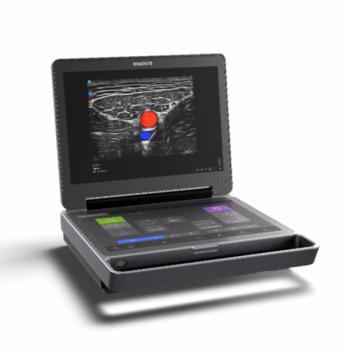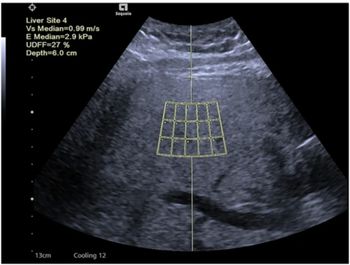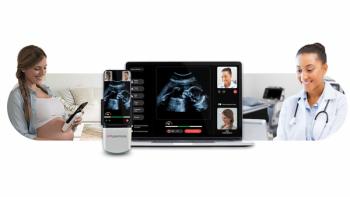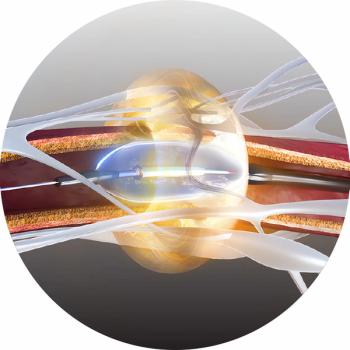
Radiation spotlight shows jump in pregnancy imaging
One of the first studies to evaluate rates of radiological exams that expose pregnant women to ionizing radiation found a dramatic increase in the utilization of diagnostic imaging. The increase is driven largely by CT studies of the head and CT pulmonary angiography.
One of the first studies to evaluate rates of radiological exams that expose pregnant women to ionizing radiation found a dramatic increase in the utilization of diagnostic imaging. The increase is driven largely by CT studies of the head and CT pulmonary angiography.
In a retrospective analysis, Dr. Elizabeth Lazarus, a clinical instructor at Brown University School of Medicine, and colleagues found that CT utilization rates at Rhode Island Hospital had risen by an average of 25% per year from 1997 to 2006. Average growth rates for plain-film and nuclear medicine studies were 6.8% and 17%, respectively. Lazarus reported the findings at the 2007 RSNA meeting.
One-third of CT studies were abdomen and pelvis exams, mostly for appendicitis, with an average dose of 20 mGy to the fetus. That dose, however, falls within the medically allowable radiation threshold of 50 mGy per year. Head studies, mostly for headaches, accounted for 37% of CT exams, with approximate radiation dose to the fetus of 0.01 mGy. CT pulmonary angiography accounted for 27% of CT studies, with an approximate radiation dose of 0.1 mGy to the fetus.
The average estimated fetal radiation exposure for CT was 6.9 mGy, versus 0.015 mGy for plain film and 0.4 mGy for nuclear medicine studies.
Radiation dose to the pregnant woman's breast tissue during exams is another area of concern. The approximate radiation dose to the breast during CTPA is 20 mGy, which is equivalent to four mammograms, according to Lazarus.
She did not perform outcome studies and could not conclude whether imaging changed patient management.
Newsletter
Stay at the forefront of radiology with the Diagnostic Imaging newsletter, delivering the latest news, clinical insights, and imaging advancements for today’s radiologists.



























